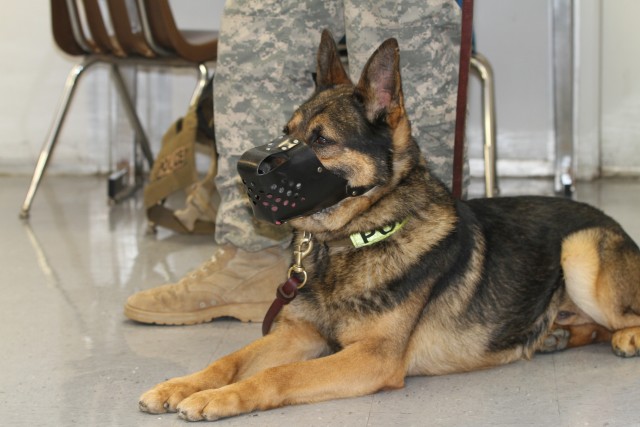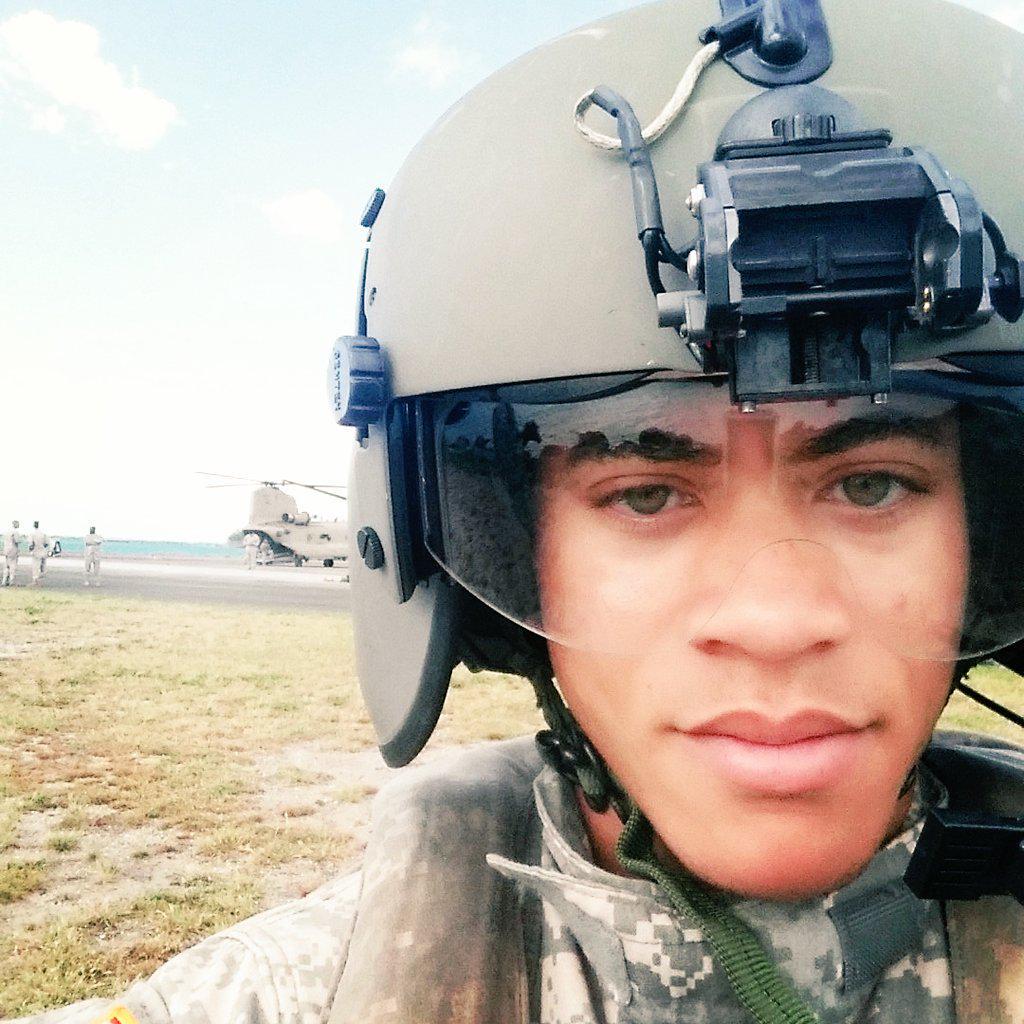
He has an amazing body and works as a helicopter crew chief in the U.S. Army stationed at Wheeler Airfield in Hawaii, but what you didn’t know about 28 years old sergeant Shane Ortega is that he is a transgender individual.

He was born a female, but he always knew something was wrong, because he always considered himself to be a male. His family has a military background, since both of his parents served in the U.S. Navy and Army and two of his uncles were Vietnam heroes. After completing the High school, he signed in for Marine boot camp and left immediately after graduating.

Being poor, he saw the military service as the only option, especially since he was drawn to the harsh lifestyle in the Army. He says it stimulated him, because it’s demanding and forces you to reach and overcome your limitations. So far he’s been involved in three military combat operations, two of the in Iraq and one in Afghanistan. “Two as a woman, one as a man. My commitment to serving this country runs deep. I have been a team and squad leader, a crew chief, and a machine gun section chief. I will continue to fight this fight for the 700.000 transgender veterans that have gone before me who were forced to choose between serving their country and being true to who they are.” Ortega said.

Despite being a declared male for 5 years, thought, Shane Ortega says that he still has some problems at work. His superiors require him to wear the women’s uniform, which is a bit laughable, considering how the sergeant looks. “I look ridiculous. The biggest size is 20. It only fits my arms.”
This is because, while 2011 “Don’t ask, don’t tell” ban regarding homosexuals has been lifted, this doesn’t apply to transgender people in the military service. The reason is that this matter is still under military laws, which means that “In all services, transgender troops can be automatically dismissed from service on medical grounds once they are identified” said USA Today. This is about to change because in 2014 the Pentagon announced that a new policy may be implemented starting with 2016, which will ease the situation for the transgender soldiers serving the U.S. Army. Ortega said that he can’t wait for that moment to happen. “This fight for equality is a no fail for me. It must be won. Too many lives matter. It is time to put aside egos and quests for accolades. We need legislation now!”
Ortega plans that in the near future, most likely this fall, to compete as a professional bodybuilder and he looks like a serious competitor.

But if you thought that Ortega’s story is amazing, meet Tracker, a Belgian Malinois, one of the first transgender dogs working in the military, along four others, registered at the 42nd Military Police Brigade in Joint Base Lewis-McChord. The five year old dog was born a female, but, during the first breeding selection, it was identified as a male. Sgt. Walter Flaherty, one of the trainers said: “I mean it’s a little weird that they tell me to call him a ‘him’, since he’s obviously a female dog…Looking back now, it was pretty obvious that she was – sorry, He – was a little different.”

The Sgt. said that, when playing, Tracker engaged in activities associated with males and even when eating he would be pretty aggressive towards the females, while ignoring the other males.
“Every once in a while he tries to hump my leg, which is kind of pointless, since he doesn’t have a penis, but it’s just a male-dominance thing, and besides, it’s pretty funny” Flaherty added.
Currently, in the U.S. military service there are around 15.000 people still active, 134.000 veterans and 5…dogs.







